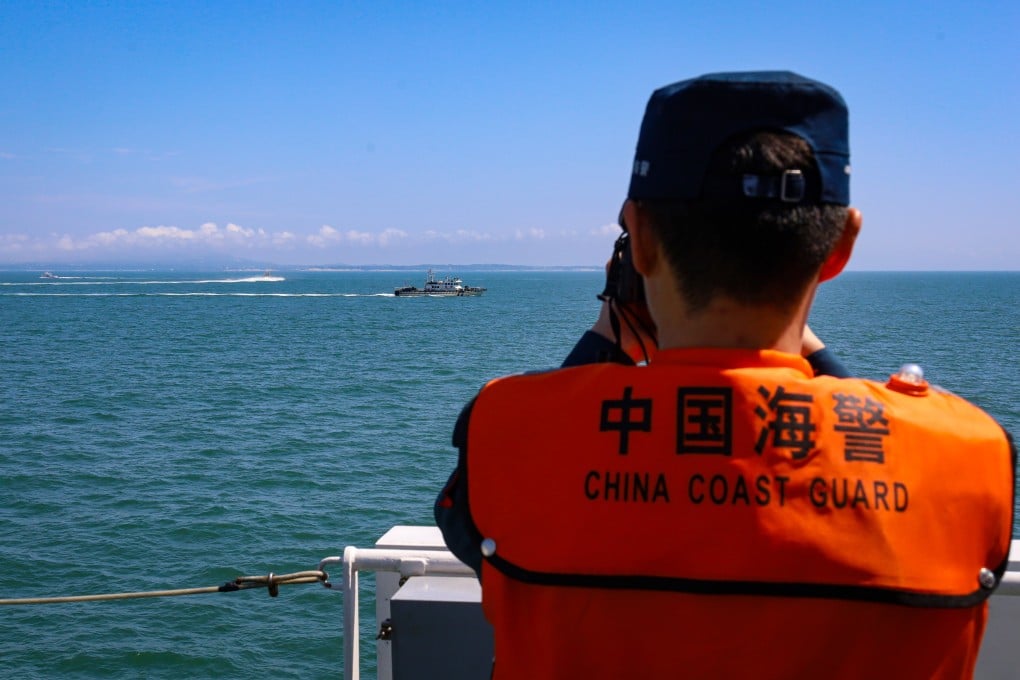Explainer | China Coast Guard: what does it do and how did it become so powerful?
- After another South China Sea stand-off between Beijing and Manila, we look at how China’s coastguard became so formidable

But its presence extends well beyond this strategic and resource-rich waterway in Southeast Asia; it patrols roughly 14,500km (9,000 miles) of coastline and about 3 million sq km (1.16 million square miles) of maritime territory.
It has only taken around a decade for the CCG to evolve into a powerful instrument of China’s maritime strategy. With a fleet of some of the biggest and most heavily armed coastguard vessels in the world, the CCG’s capabilities now far exceed those of many other nations.
“By doubling its number of large patrol ships in the last decade and combining several organisations to form the CCG, China has assembled more than 500 surface vessels into the world’s largest coastguard fleet,” John Bradford, executive director of the Yokosuka Council on Asia-Pacific Studies, said.
How was the China Coast Guard formed?
The CCG was formed in 2013 from four maritime administrative agencies in a major overhaul of China’s maritime enforcement agency. Until then, maritime management was largely inefficient and in disarray – described as “five dragons stirring up the sea”. Consolidating them allowed Beijing to pursue a more cohesive maritime law enforcement strategy.